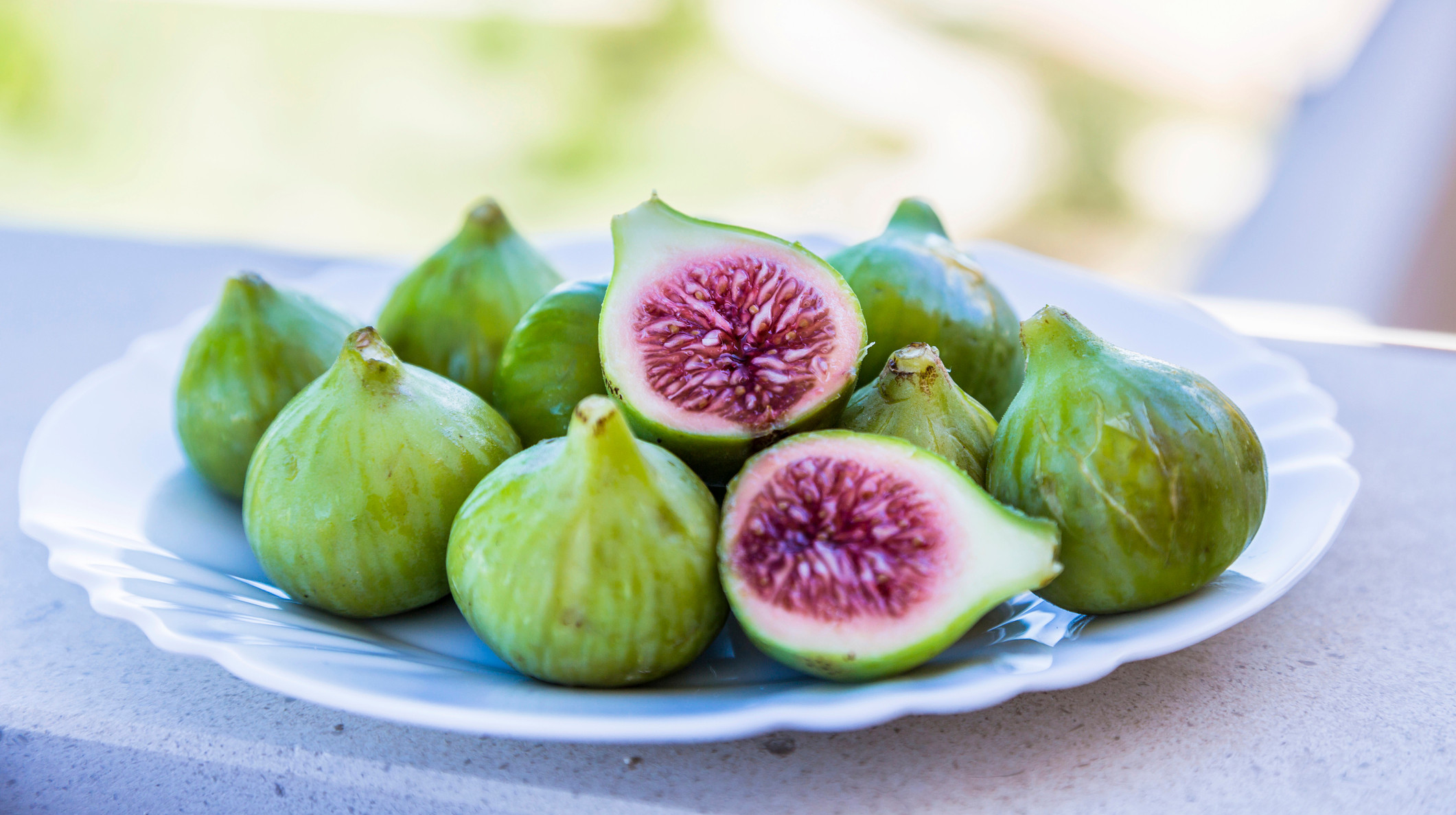Please Tell Me There Aren't Really Dead Wasps In Every Fig
We're at the tail end of the second fresh fig season of the year, and every now and then I'm reminded that figs are actually pretty strange beasts. What you know as a single fig is actually a pod filled with single fruit-bearing flowers, so in essence, you're eating a ton of fruit all at once. Mind blowing, I know.
But... here's the weirdest part. Because the fig itself contains the fruiting flower, pollination is a challenge. Treehugger explains this process in mind-blowing detail (the video that runs with the story is especially intense and educational).
Before the female fig wasps can lay their eggs, they must crawl into a miniscule opening within the fig to plant them, but at a devastating cost: Because the opening is so thin, it often breaks off the wings of the poor wasp and nearly crushes the insect. If she ends up in a male fig, she'll be able to lay her eggs before she dies, as the male fig has the ideal condition for her eggs to hatch. The male fig, also called the caprifig, isn't the one we eat.
Later, as the fig ripens, the wasp eggs hatch, males first, and then the young wasps mate with the females in the brood. Later as they grow bigger, the male wasps open up a tunnel to the surface of the fruit that the females use to escape, bearing both pollen and fertilized eggs to start the process over again.
If the female wasp ends up in a female fig, in conditions unfavorable for egg hatching, the pollen she carries pollinates the fig and it ripens into the fig we eat later. The inevitable happens, and she dies.
The enzymes of the fruit basically dissolve the dead wasp's body, where it's absorbed by the plant, so by the time you eat the fig, the wasp is gone. So whenever you eat a fig, what you're really eating, is sacrifice.
Holy shit. I'll never look at a fig the same way again.
